The value of urban parks: Investing in public green spaces brings returns for cities
February 7, 2022 · Develop, Linn Park, Live, Visit
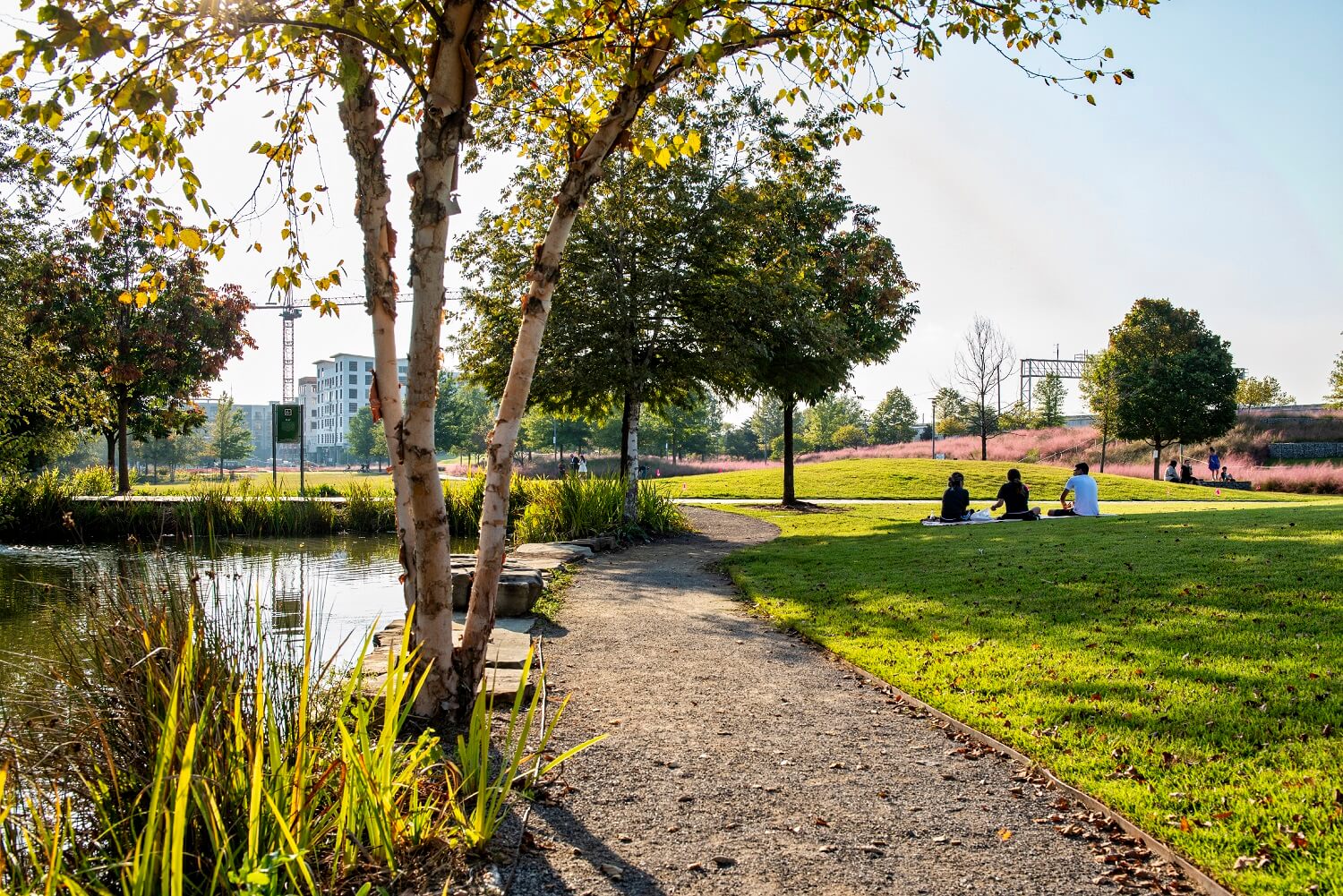
Public parks play a vital role in shaping how we experience the communities, neighborhoods and cities we call home. When they are inclusive, thoughtfully designed and well-maintained, public green spaces can boost recreational opportunities, spark local investment and help mitigate environmental challenges.
“We have great examples in Birmingham of how well-placed, well-designed and well-managed public green spaces bring both cultural and economic value to cities,” said David Fleming, President and CEO of REV Birmingham. “Railroad Park and the Rotary Trail are two standout examples in our city center. These spaces attract a diverse mix of people, have become symbolic in their own ways and have inspired millions of dollars in investment and redevelopment.”
Birmingham isn’t alone in recognizing the transformative power of parks — cities across the country are reimagining green spaces in ways that bring measurable returns for people, places and economies. Here are a few standout examples we can learn from:
Lessons from Denver: The South Platte River Greenway
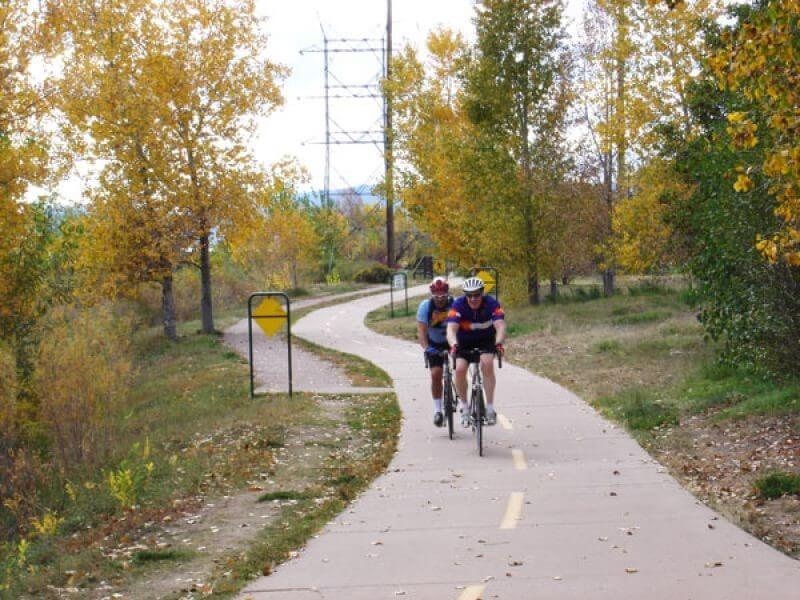
A compelling national example comes from Denver, Colorado, where the South Platte River Greenway has a long legacy of urban reclamation. Since 1974, strategic programming, activation and public-private partnerships have helped the Greenway evolve into a thriving park system.
Federal grants totaling $1.2 million catalyzed more than $2.5 billion in additional local investment. The results speak for themselves:
- Over 1,800 hours of paid youth employment
- $500 million in green infrastructure improvements
- $20 billion in commercial, residential and retail development across the Denver metro area
Parks as green infrastructure: The case of Atlanta
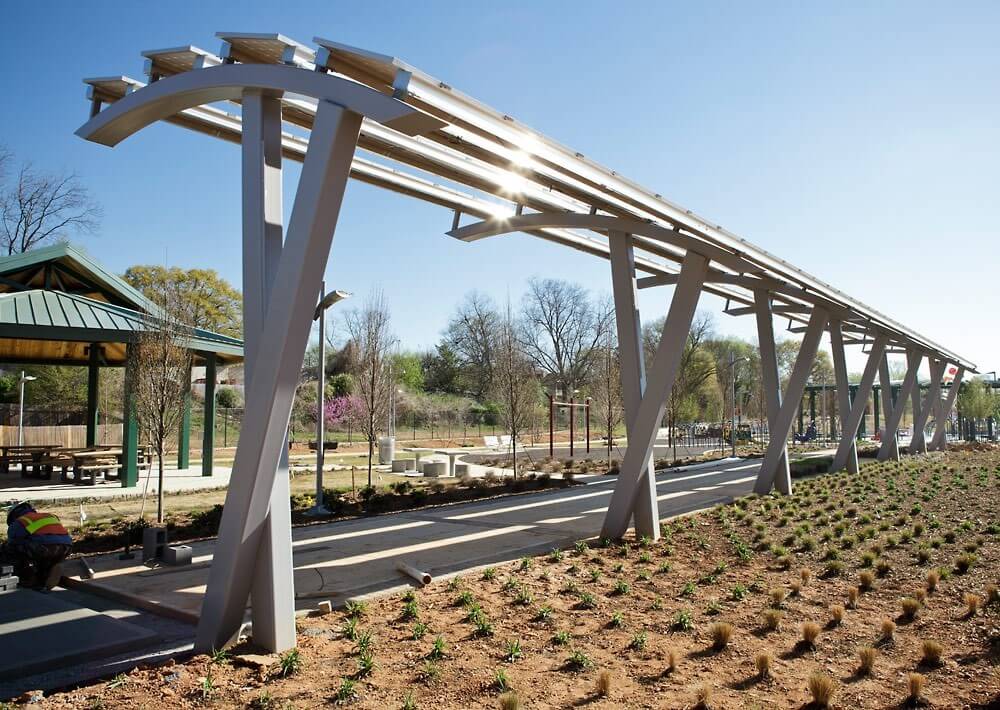
Cities are increasingly using parks as tools for green infrastructure — an approach that mimics natural water cycles for sustainable urban water management.
One striking example comes from Atlanta’s DH Stanton Park, which features an energy-neutral shade structure along the Atlanta Beltline. By investing in green infrastructure over traditional “gray” systems, Atlanta is saving at least $16 million in utility and water management costs.
According to the City Parks Alliance, parks like this reduce long-term infrastructure expenses through energy-efficient stormwater management systems.
Public health impact: Designing for wellness
The Centers for Disease Control and Prevention’s Community Preventive Services Task Force has studied how the built environment affects physical activity levels. Their findings are clear:
- Students in four separate studies reported higher levels of total physical activity in areas with activity-friendly design.
- Ten studies found increased walking and biking linked to accessible parks and trails.
- Twelve studies showed that walkable environments significantly boost overall physical activity.
Increased physical activity, in turn, leads to better health outcomes and helps prevent chronic health conditions in communities.
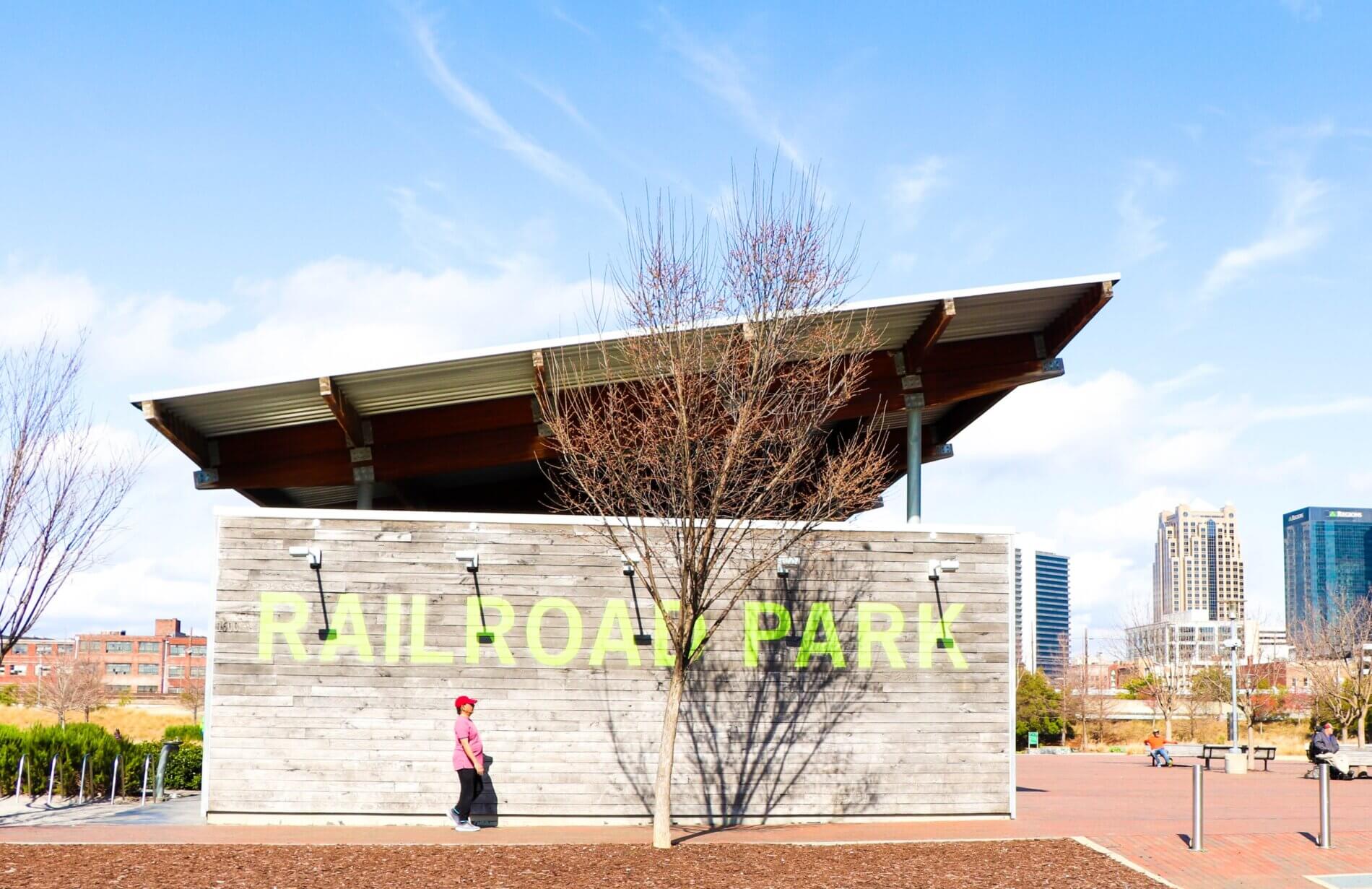
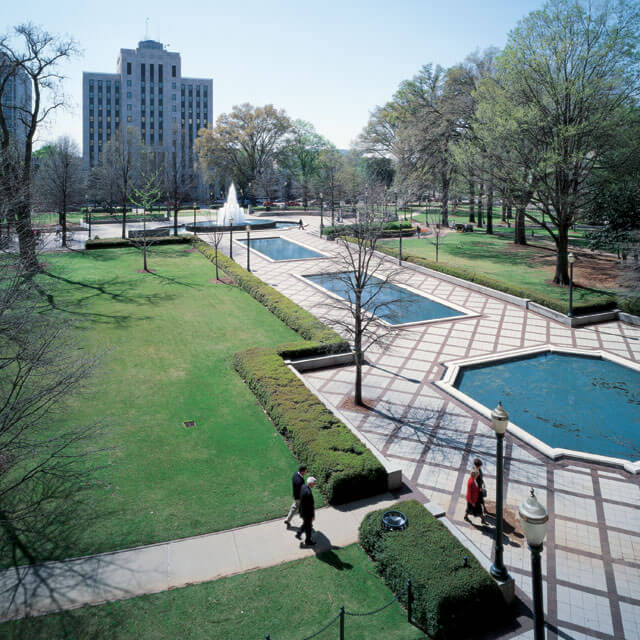
Bringing it home: The opportunity for Birmingham
Urban parks across the country show us what’s possible when cities invest in inclusive, sustainable and community-centered green spaces. Right here in downtown Birmingham, Linn Park stands as one of our most prominent public green spaces.
With thoughtful activation and equitable programming, Linn Park has the potential to unite our community, stimulate the local economy and serve as an environmental asset for generations to come.
Read More
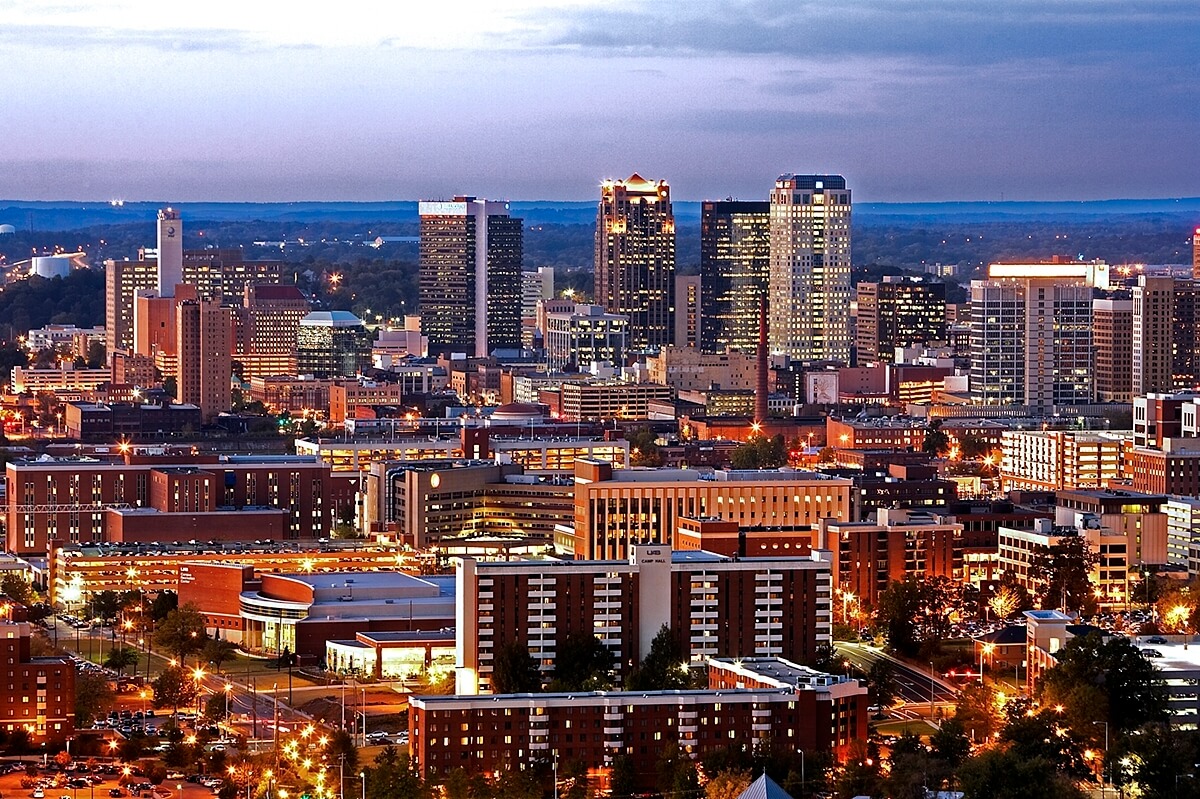
The vanishing authenticity of Birmingham
Much of the “Birmingham character” that we appreciate and promote today is thanks to the many beautiful historic buildings and homes that still stand. Our concentration of historic structures is unique, and it’s an asset for our entire region’s economic development and growth, as that authenticity attracts people seeking sense of place and quality of life. But how do we ensure that the authenticity doesn’t begin to vanish as we continue to revive these historic structures?
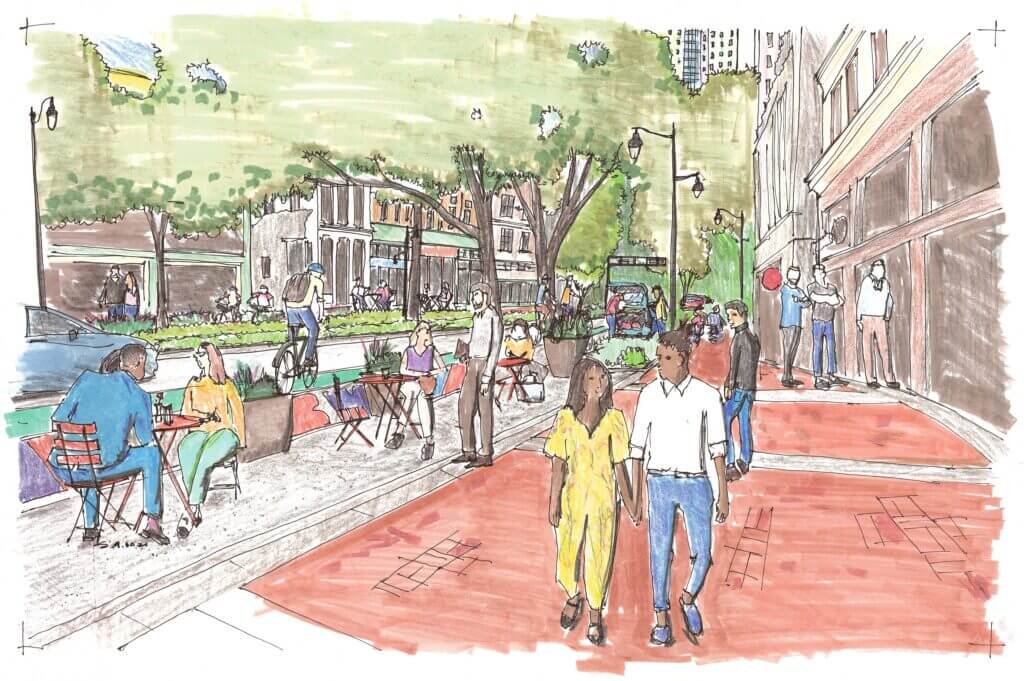
20th Street North’s transformation: A new chapter for downtown
Birmingham’s 20th Street has undergone a remarkable transformation in recent years, becoming a revitalized gateway for downtown’s bustling business, residential and entertainment communities.